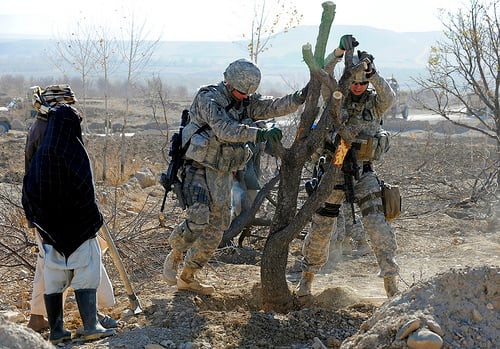Published on
The Value Of Lifelong Learning: Where Is Your Evidence?

In this wired era, we are all, aware of it or not, seeding the internet with evidence of our activities, interests, and accomplishments. A recent article in The Wall Street Journal portends the end of the traditional resume as we know it, in favor of links representing a candidate’s “web presence”.
Such a representation of one’s skills and abilities, in traditional undergraduate education, is known as the ePortfolio. Over the last two decades, students have, under the directive of a professor or as a requirement for a degree program, utilized increasingly sophisticated electronic portfolios to demonstrate evidence of learning. All too often, however, the portfolio and its upkeep are abandoned by the student when the institutional requirement to maintain it is no longer in effect.
It is now evident that such a portfolio, and especially the lifelong practice of maintaining a portfolio of evidence, has very real applications and benefits in “the real world”. As the value of a traditional degree is increasingly called into question, what remains of value, especially to employers, is demonstrated evidence of knowledge and abilities.
Last year, some of the most well-known companies in America committed to hire and train over 100,000 returning veterans. These veterans are re-entering the American workforce at one of the most challenging times in history to seek employment. The White House and Jobvite responded with The Blue Button Initiative and Apps for Heroes, respectively. San Francisco-based startup Pathbrite (formerly Rrripple) joined Apps for Heroes in making its multi-media platform freely available for returning veterans seeking jobs, allowing veterans to showcase both civilian and military achievements.
The practice of maintaining a comprehensive ePortfolio is not in wide use, yet, so those who utilize them will undoubtedly stand out from the crowd. By organizing and publishing all types of proof of their accomplishments–including MOS/MOC evidence of military experience, work product, authenticated academic transcripts, certificates, test scores, photos, videos, and more–the use of this technology allows veterans to compete in the job market and optimize their chances of getting hired.
An event celebrating the effort of Pathbrite’s development effort was held Wednesday, January 18th and attended by Dr. Jill Biden and U.S. Chief Technology Officer Aneesh Chopra. The event was held at the San Francisco office of Code for America.
“My ePortfolio does an amazing job of bringing my skills and achievements to life,” said Army veteran Ann Weeby, “This includes actual samples of the real work I’ve done managing construction projects in Iraq, and the building of playgrounds in the U.S. Using [ePortfolios], potential employers don’t wonder what I really achieved—it’s all there for them to see.”
Regarding Ann’s portfolio, Dr. Jill Biden said: “Ann is sure to get hired with this beautiful portrayal of her work.”
Pathbrite’s platform is one of any number of options available to those who wish to document and showcase their work. As the ePortfolio evolves into a robust and engaging lifelong practice, lifelong learners are documenting evidence of learning using commonly found web platforms such as Google Sites, WikiSpaces and WordPress.
When you pause to think about it, an ePortfolio is the ideal way to document and present a variety of learning experiences and evidence of accomplishments, both traditional and non-traditional, over the course of a lifetime. Any lifelong learner, veteran or civilian, would be well served in taking the time to develop an ongoing portfolio celebrating and documenting evidence of accomplishments.
Author Perspective: Business



